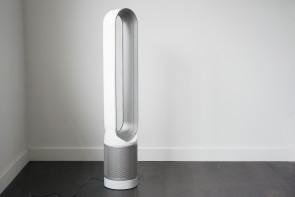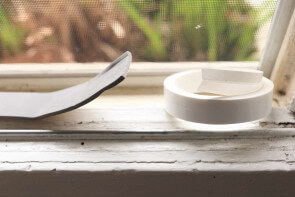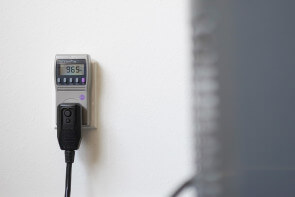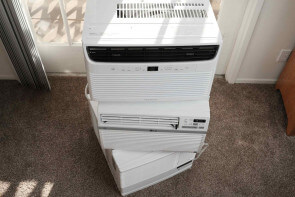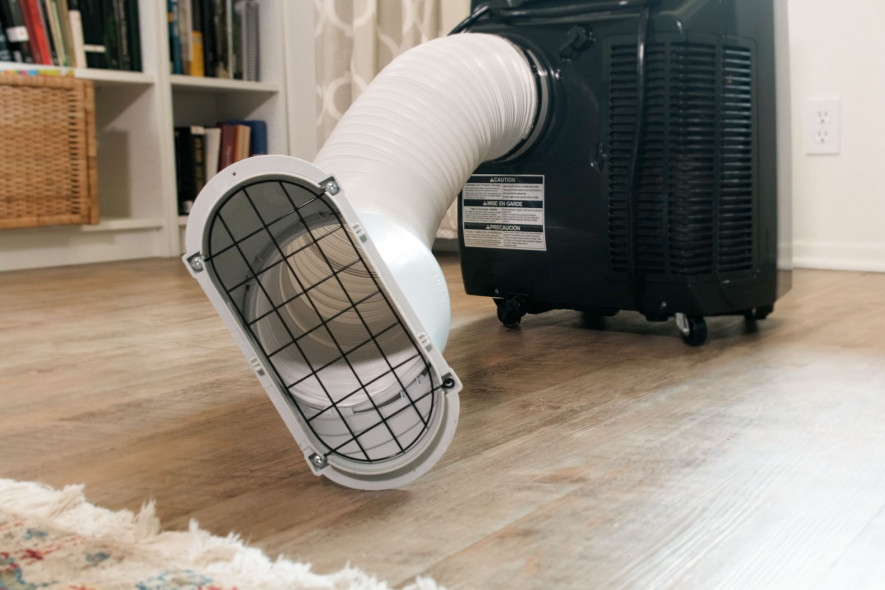
How To Fix A Portable AC That’s Not Cooling
Troubleshooting an appliance can be daunting, but we combed through service manuals and manufacturer troubleshooting guides to compile the following steps will help you find the source of your trouble. We’ve been testing portable air conditioners for five summers, and while we’ve had good luck with the reliability of our test units there are still plenty of simple things that can go wrong.
Troubleshooting an appliance can be daunting, but we combed through service manuals and manufacturer troubleshooting guides to compile the following steps will help you find the source of your trouble. We’ve been testing portable air conditioners for five summers, and while we’ve had good luck with the reliability of our test units there are still plenty of simple things that can go wrong.
The first step in troubleshooting is always to clearly define the problem. What are you expecting to happen, and what is happening instead? Answering those questions can often point you toward the answer.
We’ve split our troubleshooting steps into two sections: basic troubleshooting for major problems that keep a portable air conditioner from working at all, and performance troubleshooting for air conditioners that don’t cool as well as you need them to.
Basic troubleshooting
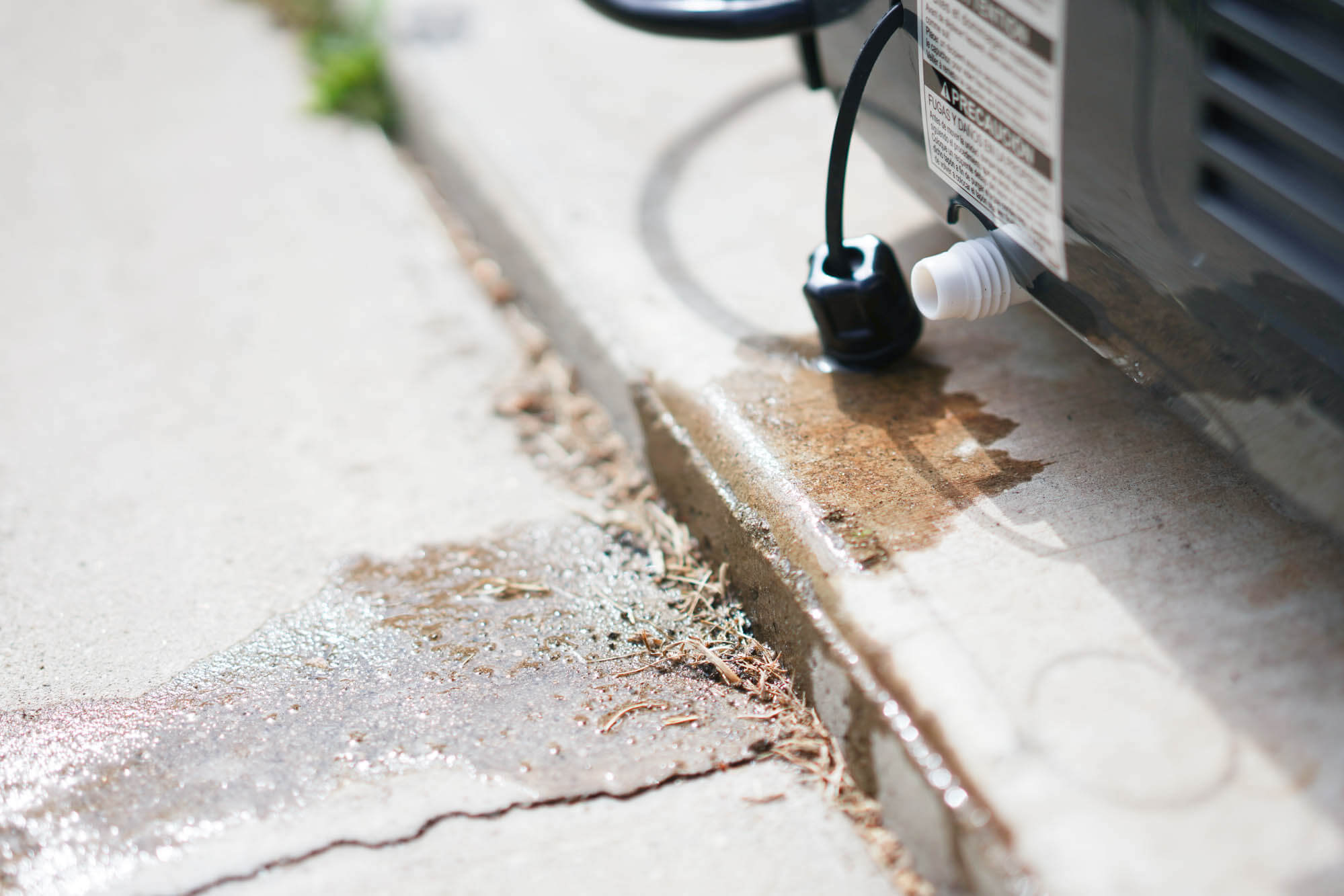
This section covers problems that will stop the air conditioner from turning on or blowing air.
- Power to unit: Make sure your air conditioner is getting power. If the lights and fan don’t turn on when you press the power button, find out why the unit is not getting power.
- Check the air conditioner electrical plug. There should be a test and reset button for a built-in breaker: press the “test” button to trip the breaker, then push firmly on the reset button and try to turn the air conditioner on again.
- If the unit still won’t power up, make sure there’s power to the outlet — a night light or reading lamp can help with this step. If you don’t have power to the outlet, make sure a wall switch isn’t turned off, and then check the breakers in your household electrical panel.
- Mode setting: Most air conditioners have at least three settings: “Cool,” “Fan,” and “Dry.” Make sure your AC is set to “Cool” mode, and turn the air conditioner thermostat down below room temperature to make sure the system will activate. Also realize that the system will typically wait a few minutes after powering up before starting the cooling cycle, especially if it’s already been running.
- Fan obstruction: Check the fan grilles for obstruction, and shine a flashlight into the openings to see if anything is stopping the fans from moving.
- A full water tank: There is almost always a warning indicator to tell you that the internal tank is full. If your AC shuts off suddenly and flashes or beeps, this is usually the cause. You’ll need to wheel the air conditioner somewhere you can drain out the water, like a patio lawn. You could hold the unit over a bathtub or toilet while you get someone else to open the bottom drain plug, but be careful, Portable ACs are heavy!
- Other faults conditions: If you see another error code on a display, hear warning beeps or if the fans don’t spin when the machine turns on, you’ll need to check your manual or call your air conditioner manufacturer for more specific troubleshooting.
Troubleshooting poor performance
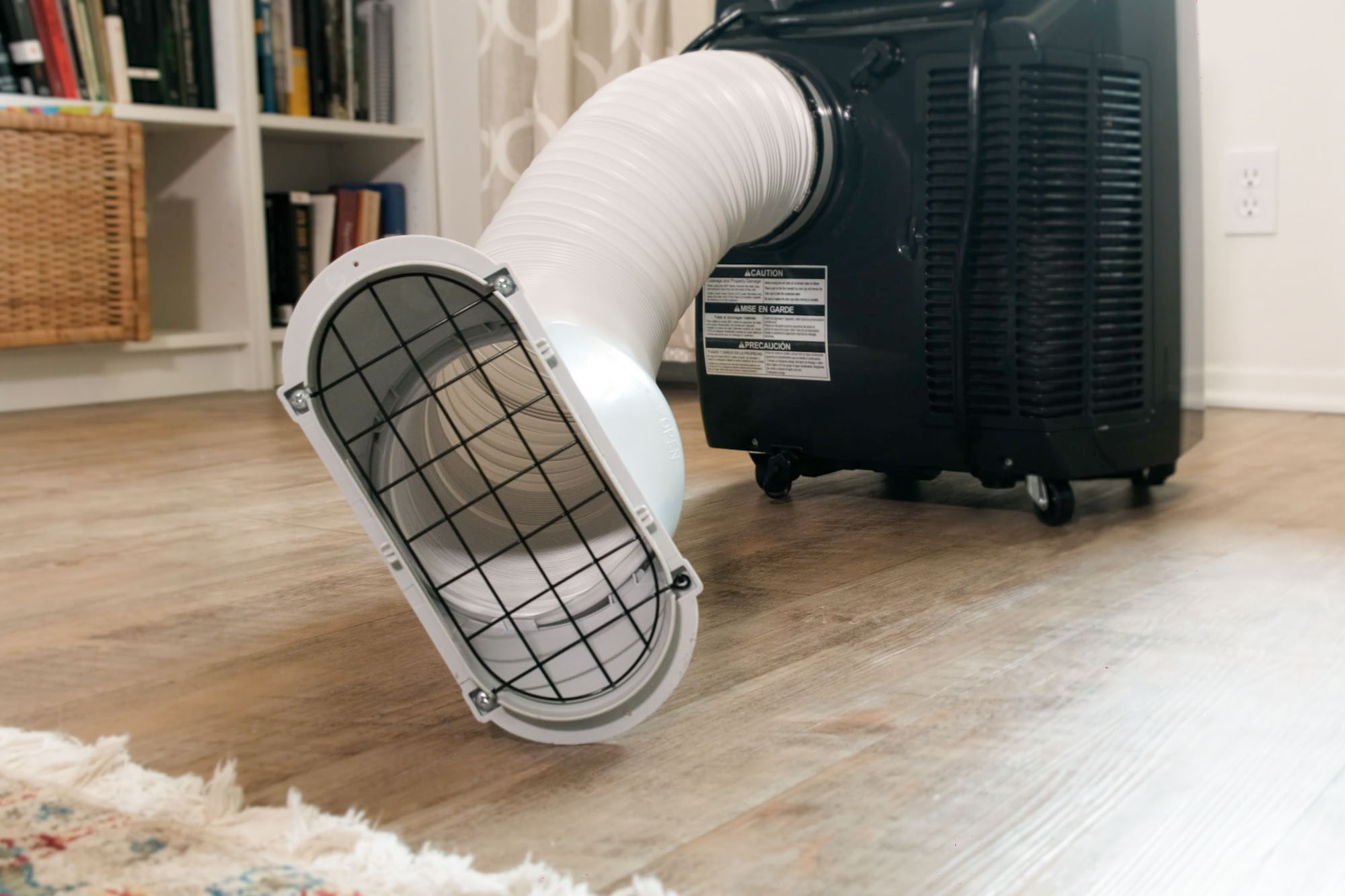
If your air conditioner turns on, but isn’t performing as expected, here are some steps to take to troubleshoot poor performance.
After you’ve made sure that the mode is set for cooling (not the “dry” or “fan” setting), wait for the compressor to kick on. Usually it’ll take 60-90 seconds after you power up the unit.
Check the temperature of air flowing out of the top of the unit and the air flowing into the evaporator coil behind the top filter grill at the back. We can’t say exactly how much difference in temperature there should be, since that depends on the unit’s size and your actual air temperature, but it should blow cold air.
If you have an AC not blowing cold air, try the following steps to see if there’s something keeping your air conditioner from performing its best.
- Clean the filters and coils: If you haven’t cleaned your air conditioner in a while, take out the filters and run a vacuum hose with a soft brush-type attachment over the fins of the two coils. For more information see our post on how to clean an air conditioner.
- Ice on the evaporator coil: While you’re checking your filter, take a look at the top coil, called the evaporator coil, and see if there is any frost building up and stopping airflow. The build-up will melt into the internal reservoir after a while, but running the unit in fan mode (not cool mode) will help speed that up.
- Check exhaust hose for kinks or blockage: If hot air can’t get out of the vent, the air conditioner won’t be able to cool off your room air.
Improving efficiency
If your AC is blowing cold air out of the top vent, but your room still isn’t getting cold, your room is probably too hot or too large for the heat capacity of your air conditioner.
Remember that portable air conditioners can only cool the room size they’re advertised for in moderate outdoor heat. If it’s above 95°F outside, your portable unit will have a hard time keeping up, especially if it’s a single-hose design that uses up cooled air to remove heat.
You can still take the following steps to boost performance and keep your room as cool as possible on hot days:
- Straighten your vent air hose: Keeping your air conditioner in a position where the vent hose will be as straight and short as possible to get the heat out more easily. Tighter bends are worse than a longer hose.
- Check the air hose for leaks: The air traveling through a portable air conditioner vent hose carries the heat you’re trying to get rid of, so make sure none of it leaks back into the room.
- Check the window bracket for leaks: Air leaking out of the hose joint or leaking in from outside will decrease the performance of your air conditioner.
- Insulate your windows: If you get direct sunlight shining through a window, it can add 10% to the heat in a room. Insulate your windows with shades, curtains or reflective film to keep the heat out.
- Close doors and windows: If hot air leaks into the room from outside, your air conditioner may not be able to keep up. If you open your windows at night, close them as soon as outdoor temperatures start rising.
- Insulating the vent hose: If you’ve insulated your windows and doors as much as possible, you can also insulate the outside of the air hose carrying heat out of the air conditioner to get a small improvement in performance. Foil-faced-bubble-wrap is only really effective if it’s installed with an air gap around the duct, so unless you’re going to build a shell of fiberglass or foam. The gains still won’t be as big as from stopping sunlight from coming into your room, but it may be worthwhile if you’re not moving the air conditioner frequently.


